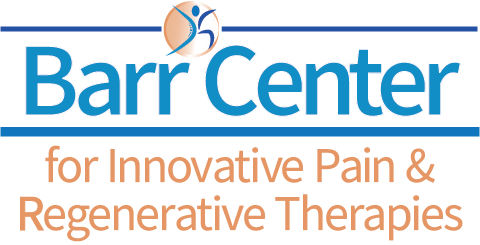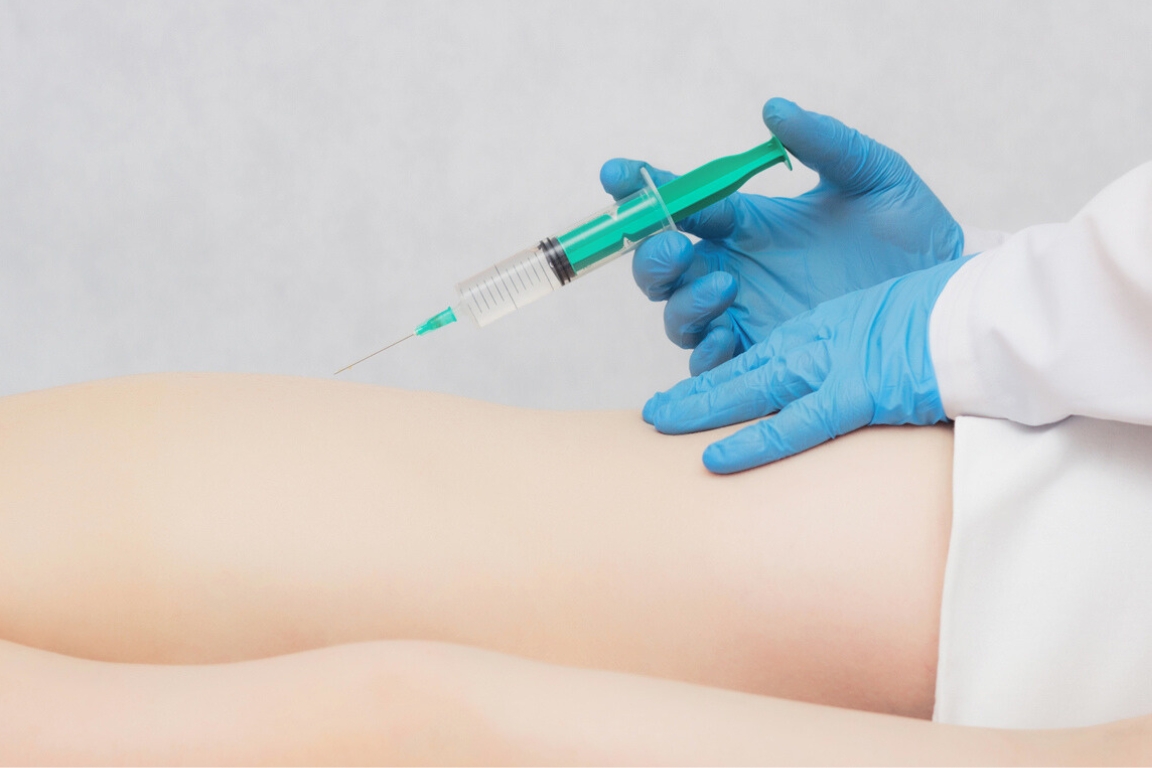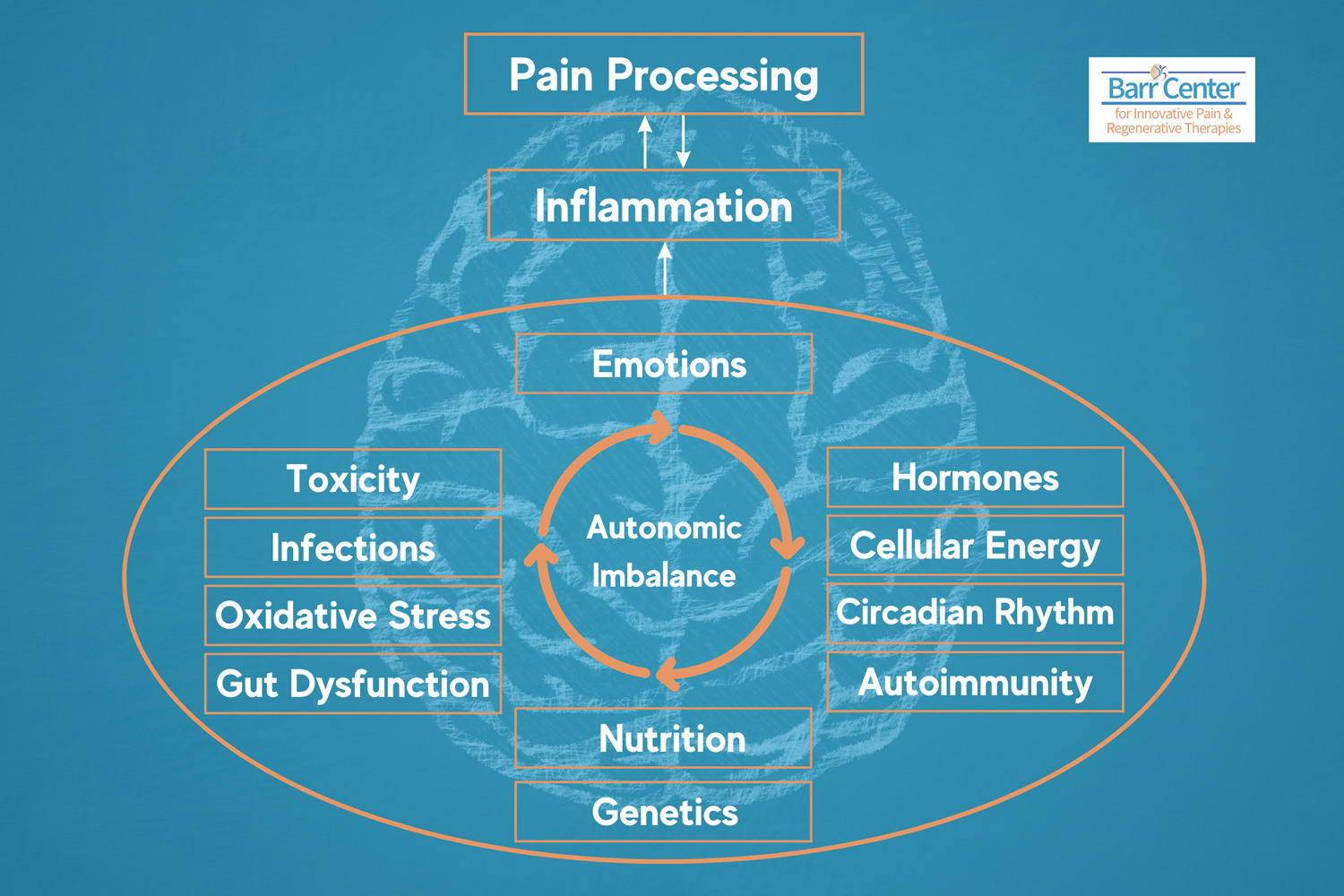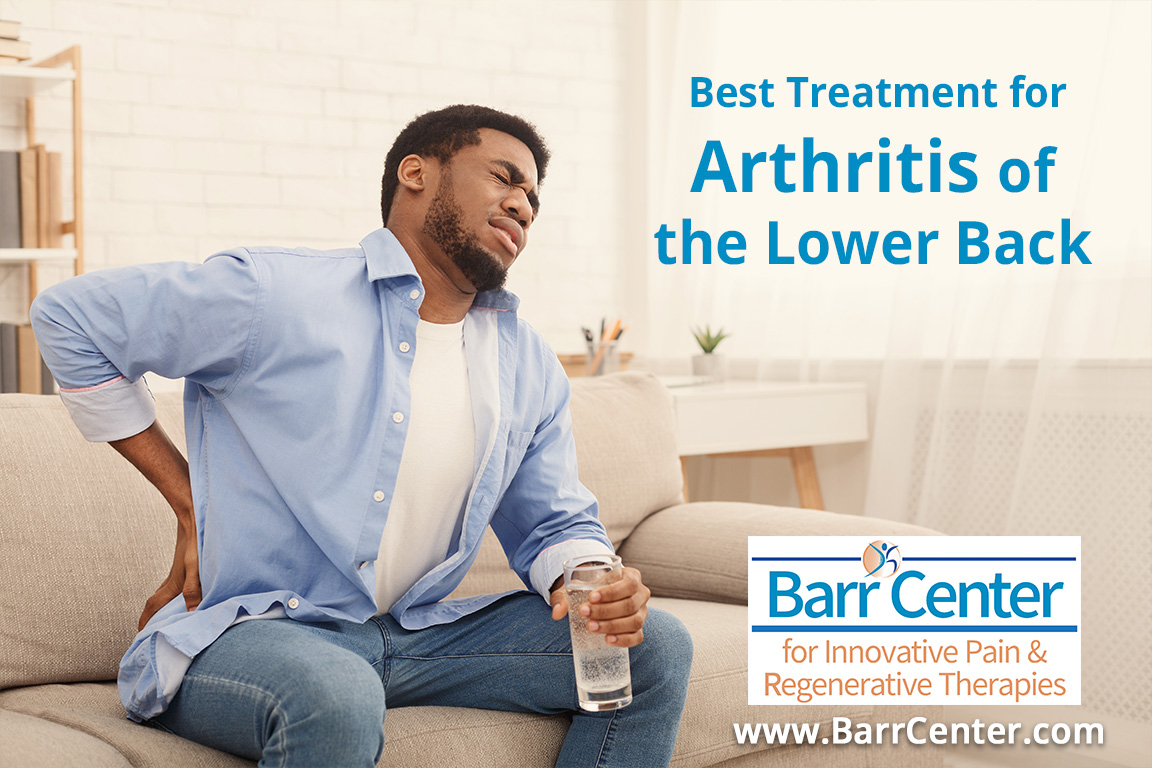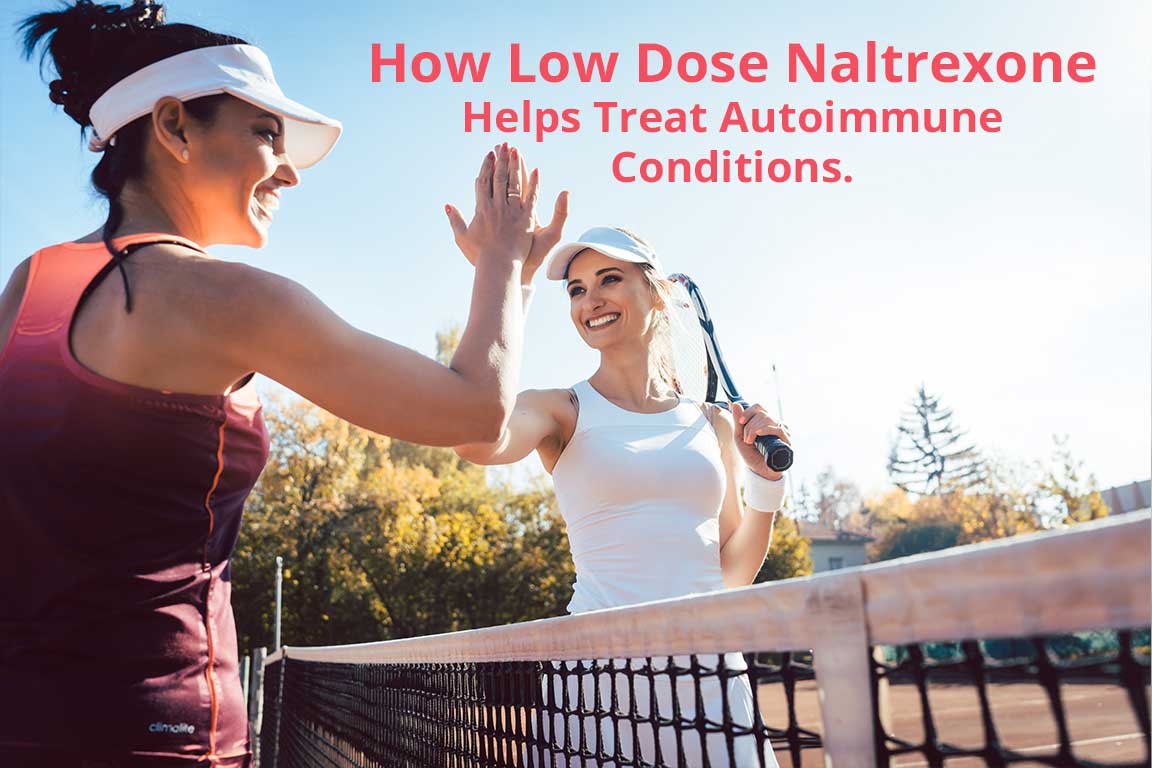Platelet Rich Plasma (PRP) Injections were originally used by dentists in the 1990s to help with implant dentistry. Later large animal veterinarians used PRP to keep performance horses perform better and stay healthy longer.
Platelet Rich Plasma (PRP) uses naturally occurring growth factors and signaling proteins in your own blood to promote healing. In this process we take a small amount of your blood, about the same as a typical blood draw for routine labs, spin it down in a centrifuge, and use only a small portion constraining a very high concentration of platelets and growth factors for the injection.
The growth factors and signaling proteins regulate the inflammatory process and facilitate natural wound healing and tissue regeneration by proliferating myoblasts cells that form skeletal muscle. Pure PRP is distinguished from regular PRP by the absence of red blood cells and neutrophils, as well as by the sheer concentration of the platelets and growth factors contained in each sample.
At the Barr Center we are currently the only practice in Hampton Roads using the Tropocells PRP system which is currently the only monocyte rich, neutrophil poor system that eliminates all red blood cells. This is important as it is the neutrophils and red blood cells that cause pain post injection and cause the platelets to clump together and negatively impacting their release of signaling proteins and growth factors.
The old adage more is better is likely to hold true in PRP injections, in so far as the number of platelets and growth factors are concerned. The irony is that prolotherapy and PRP both work by the same mechanism. They both stimulate inflammatory and proliferative responses, thereby acting as signals to the cells and catalysts for tissue regeneration.
Therefore, it appears clear that the addition of actual stem cells be it fat derived, obtained from bone marrow aspiration or commercially available amniotic stem cells; may only be necessary in select patients who have a low platelet count or more severe muscle and tendon tears cartilage loss and significant arthritis as well as those who fail to respond to PRP and prolotherapy injections
Before Your Platelet Rich Plasma treatment:
- Your initial visit to the clinic will consist of a full physical assessment based on injury or physical complain. This may include x-rays, diagnostic ultrasound, blood work, Range of Motion measurements or MRI, if needed.
- You will be asked to stop taking NSAIDS (anti-inflammatories i.e.: Motrin, Naprosyn, Advil, Aleve). If so, please discontinue 7 days prior to treatment. You may be asked to hold other NSAIDS for 1 week before, and up to 3 weeks after this treatment. Check with your provider before stopping any medications.
- Follow your normal daily routine on procedure day. Make sure to drink plenty of water.
- Upon arriving at the clinic, your blood will be drawn and you will be prepped for your procedure. Your blood will be spun down in a special centrifuge, which takes about 15 minutes.
- Ultrasound or Fluoroscopic x-ray may be used to guide the injection. Those areas will be marked and numbed with local anesthetic.
- Platelet Rich Plasma (PRP) will then be injected. After treatment with PRP:
- You will be numb in the areas treated for 2-6 hours after the procedure.
- Due to the numbness, we ask that you refrain from any strenuous activities,
- but to stay mobile.
- After the anesthesia wears off, you may resume activities to tolerance of pain.
- You will experience some pain and soreness for 2-5 days after you treatment. Soreness can last up to 4 weeks
- You may be asked to hold anti-inflammatory medication for 3-4 weeks after treatment.
After your Platelet Rich Plasma injections:
To optimize healing, we encourage our patients to modify their exercises in an effort to address some of the compensatory changes that have occurred in their bodies in response to the laxity and pain. Additionally you can consider:
- Tylenol for pain, Ice as needed for pain and or swelling (10 minutes to cool the skin, repeat every 2-3 hours)
- You can use topical arnica or T relief gel as often as needed for local pain relief.
- You may experience the “roller coaster” syndrome where you feel great one day, and for no apparent reason the area treated starts to hurt again. This is normal in the healing process.
- The platelets are active for 6 weeks. It can take up to 6 months for normal collagen to form and heal completely
Our goal is 80% improvement in pain, depending on the nature and severity of your condition you may or may not need more than 1 treatment to reach that goal. Sometimes a series of 2-3 treatments are needed to achieve complete healing. If subsequent treatments are needed they are usually performed several weeks apart.
Depending on the nature of your musculoskeletal problem we may in fact use a combination of Prolotherapy, PRP and or bone marrow aspirate concentrate. We are always happy to discuss all of these options with you so that you have a good understanding of the regenerative therapies available at the Barr Center.
Can the Barr Center Help You with Pain Relief?
Call us at 757-578-2260 or email us at Info@BarrCenter.com to get started on therapies that relieve your pain.
Learn More
Conditions we treat: Neck Pain, Shoulder Pain, Back Pain, Hip Pain and Knee Pain. We sometimes combine Physical Therapy in our treatments.
